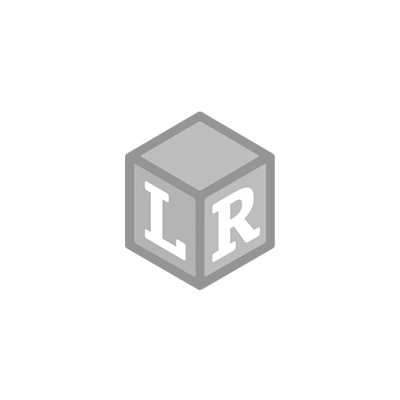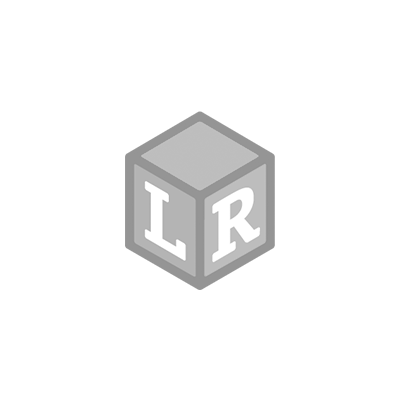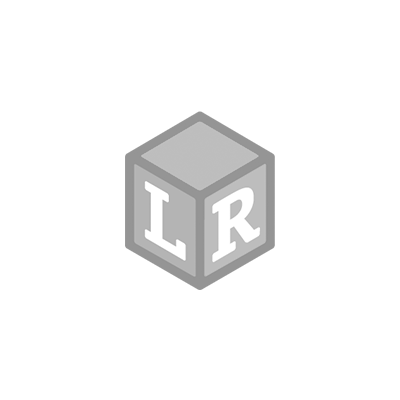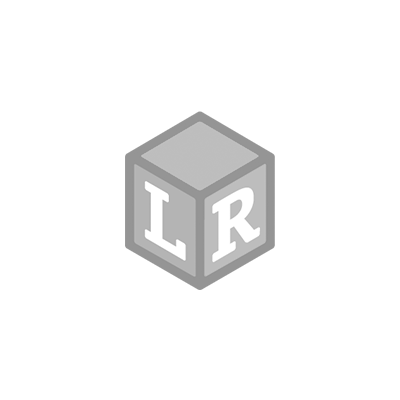A Crafty Way To Develop Color Recognition
- Gabrielle Fischer Posted On Feb 2, 2017 | STEM
Painting is one of those activities that teaches children all kinds of skills at a young age. Whenever a child runs a brush over a piece of paper or canvas, they are exploring their creativity, fine tuning their motor skills, and even expressing their emotions.
But even more so, painting opens the opportunity for children to learn color recognition while having fun. Luckily, there are endless painting games and exercises you can do with your children to help them learn all about colors. Below a few of my favorite painting activities.
Connecting the wheel
For the first activity you will need:- a paper plate
- red, blue, and yellow paint.

Now it's time for the fun part. Let your child pick two adjacent colors and let them start pulling paint into the unfilled circles. Once enough paint is transferred, have them mix the rest until a new color forms. Clean off the brush when you are done and repeat the process with the remaining colors. Soon they will have created a complete color wheel!

One reason I enjoy this exercise so much is that the child gets to see the process of making new colors. Trying to explain that red and blue make purple is much harder to comprehend than watching the colors mix right in front of them. Plus, the child has a full color palette after the activity is complete, which is a great transition into another painting project.
All about hues
While this activity is more advanced than the color wheel, it is a good way to teach how paint affects colors differently. Here is what you will need:- Three small paper cups. (If you don’t have any, you can always use a plastic paint tray like the one used in my example.)
- Any paint mixture from the previous activity. (I used purple.)
- A piece of painting paper or a canvas.
- A few paper towels and an old water cup to clean off the brush between mixes.

Once you notice the color changing, start to ask questions. What happened to the purple? Do you like this new color more than the original? What happens if we add even more red? These questions get your child engaged, while also making sure they see the process.

Repeat the first few steps with the second cup, but add blue instead and go through the same questions. Look at the colors now. See how all are different but remain like the starting color.

After the child is done, let them have some fun by allowing them paint a picture using the new colors they made. Using colors created from scratch is incredibly rewarding and provides a sense of uniqueness with their painting.I hope these activities inspired you to grab some painting supplies and start painting with your family. They're an excellent foundation for any little artist so what they learn now will help in the future.

Learning is Where We Play:
 Shop UK Site
Shop UK Site 










